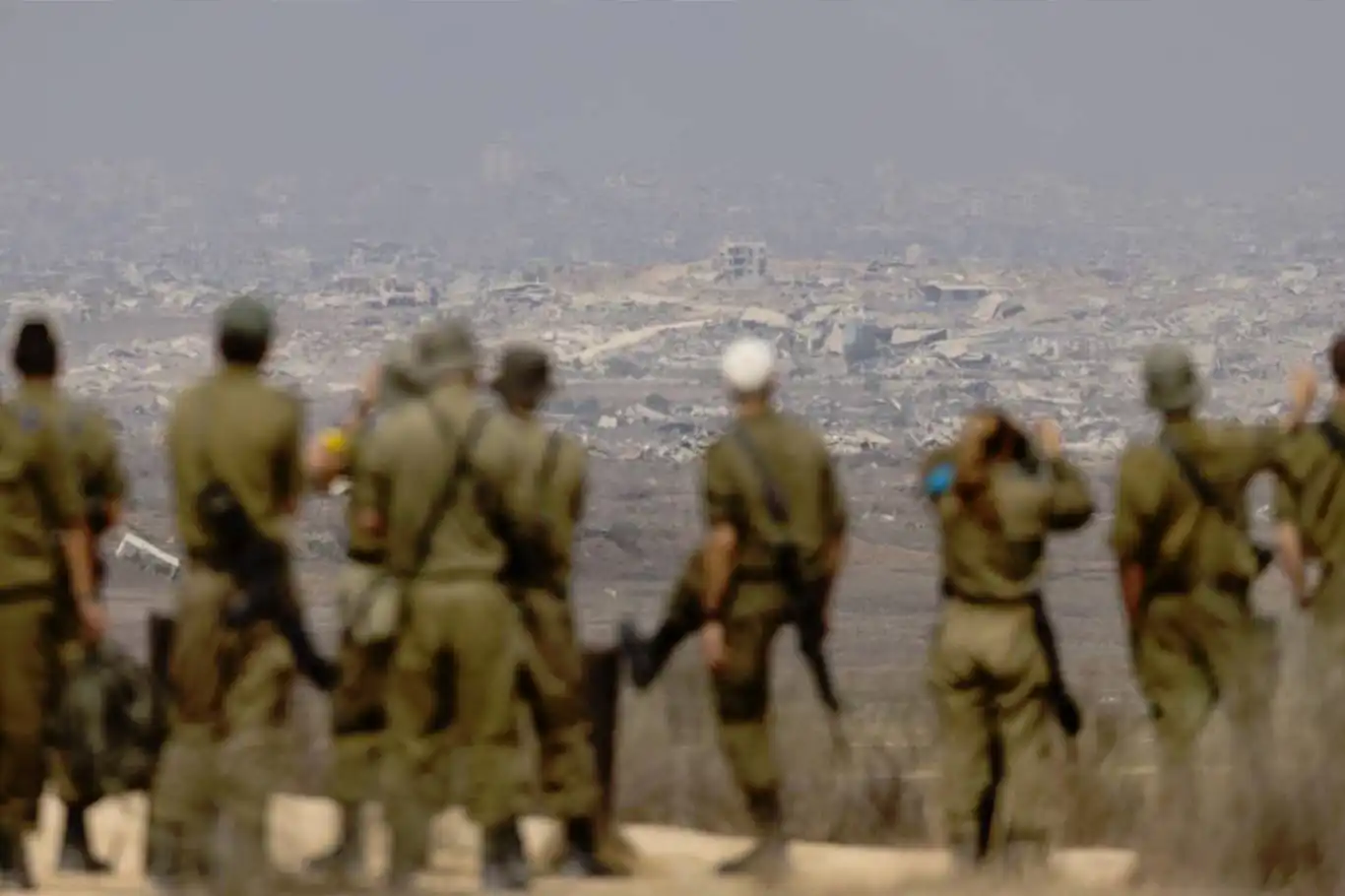Israeli bombings kill their own captives during Gaza aggression


The Israeli occupation’s attempts to retrieve its captives held in Gaza have been marred by flawed intelligence and failed operations, resulting in the deaths of numerous Israeli soldiers and settlers.
According to an Israeli security source who spoke to Yedioth Ahronoth, intelligence regarding the locations of Israeli captives in Gaza has repeatedly proven unreliable. The source admitted that the information was “not 100% accurate,” with the positions of captives often shifting just minutes before Israeli airstrikes were launched.
This lack of precise information has reportedly led to the deaths of some Israeli captives, as airstrikes based on outdated intelligence struck areas no longer holding them. The source acknowledged that Israel’s military has carried out multiple attempts over the past two years to recover prisoners, but the dynamic nature of their detention sites has made such operations exceedingly difficult.
One prominent example involved a covert raid by Israel’s elite Sayeret Matkal unit in Khan Younis, southern Gaza. The special forces team attempted to infiltrate a house reportedly holding an Israeli captive. Hamas fighters quickly responded to the incursion, inflicting serious injuries on the Israeli forces and leading to the death of one of the captives, whose body was retrieved by Palestinian fighters.
The incident underscores the ongoing challenges faced by Israeli forces in Gaza, where shifting conditions and the resilience of the Palestinian resistance continue to thwart aggressive operations.
Earlier reporting by The New York Times revealed that more than 40 Israeli captives held by Palestinian resistance groups were killed by Israel itself since the outbreak of its October 2023 assault on Gaza. According to the analysis, at least 41 of the 251 Israeli soldiers and settlers captured by Hamas and other resistance factions were killed by Israeli bombing and friendly fire.
The NYT report indicated that while some deaths occurred in the first days of the war, many others resulted from continued Israeli attacks following the collapse of the brief ceasefire in November 2023. The corpses of 40 captives were later returned to Israel in exchange for the release of hundreds of Palestinian prisoners under ceasefire agreements in November 2023 and January 2024.
These revelations highlight the devastating consequences of Israel’s military strategy, which relies heavily on airstrikes and incursions based on incomplete intelligence, causing both Palestinian and Israeli deaths. Meanwhile, the Palestinian resistance has maintained control over captive sites and continued to protect civilians amid the occupation’s assaults.
Observers note that Israel’s repeated failures in Gaza not only expose the weakness of its military operations but also serve as a stark reminder of the resilience and organizational capability of Palestinian fighters, who continue to defend their people and territory despite overwhelming force. (ILKHA)
LEGAL WARNING: All rights of the published news, photos and videos are reserved by İlke Haber Ajansı Basın Yayın San. Trade A.Ş. Under no circumstances can all or part of the news, photos and videos be used without a written contract or subscription.
The United Nations Relief and Works Agency for Palestine Refugees (UNRWA) has sounded the alarm over a catastrophic rise in food prices across the Gaza Strip, holding Israel’s systematic destruction and seizure of agricultural land responsible for what it called an “unprecedented humanitarian collapse.”
The latest handover of Palestinian martyrs’ bodies by the Israeli occupation regime has once again exposed horrifying evidence of war crimes and inhumane treatment, according to Gaza’s Health Ministry.
Hamas strongly condemned the Israeli regime’s recent airstrikes targeting civilians and vital infrastructure in southern Lebanon, expressing full solidarity with the Lebanese people.